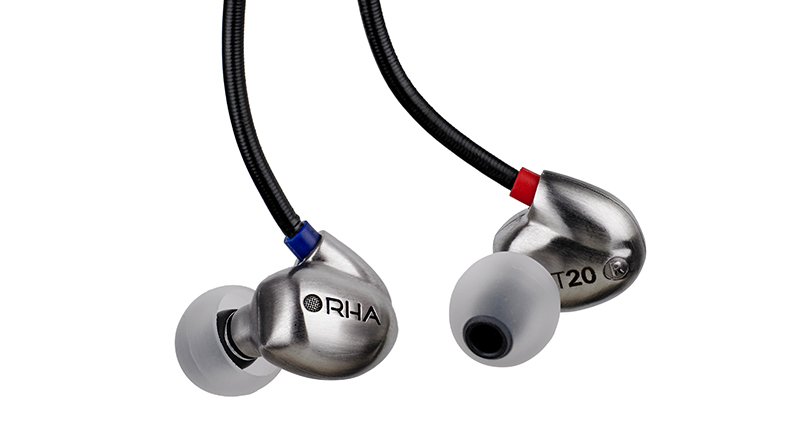What Hi-Fi? Verdict
If you’re after an entertaining, exciting sound with plenty of detail and a good amount of low end, the RHA T20 could be just your match
Pros
- +
Plenty of detail
- +
Good balance
- +
Punchy, exciting and weighty
- +
Comfortable fit
Cons
- -
Could be more accurate with complex rhythms
- -
Could be better dynamically
Why you can trust What Hi-Fi?
No, it’s got nothing to do with cricket, but don’t anticipate that preventing us from filling this review with dreadful/terrific T20-based dad jokes.
Right off the bat (sorry!) these RHA in-ears appear befitting of their not insubstantial price tag. Of course quality isn’t measured in grams, but the T20s’ thick rubber cord and kidney-shaped stainless steel earpieces weigh a reassuring 39g. (It’s worth noting here that, if it’s a deal breaker, you’ll need to spend an extra tenner on the T20i for the pleasure of an inline microphone.)
Comfort and build
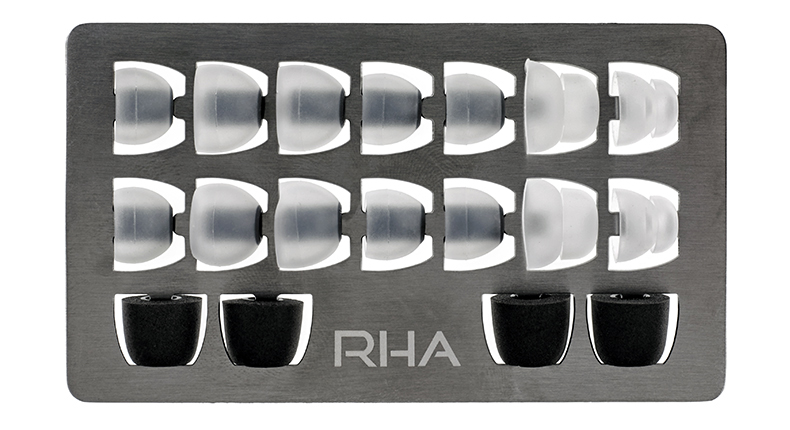
That’s a third heavier than RHA’s main rival at this price point, the Award-winning Shure SE425, but it needn’t be an issue thanks to support from the T20s’ over-ear cabling.
In fact, these are some of the most comfortable in-ears we’ve tested, also armed with a selection of ten interchangeable tips, including double flange and memory foam types.
Much of the T20s’ mass is housing what RHA has dubbed its Revolutionary DualCoil dynamic driver. The purpose of the additional, independently moving voice coil here is to separate higher and lower frequency signals and produce a more accurate overall reproduction. There’s certainly some logic there.
Sound
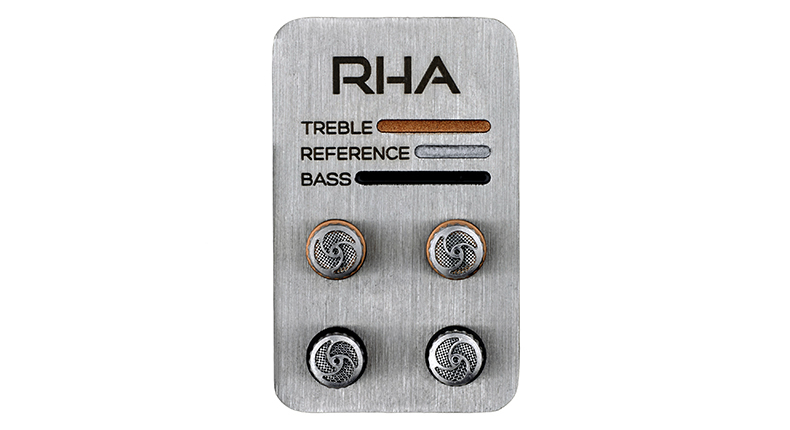
And the performance tends to support the theory. We play Patrick Wolf’s Wind In The Wires and are struck immediately by the detail in the introduction of the album’s opening track, The Libertine. As the piano and violin meander towards a beginning, there is ample room beneath to accommodate the insect-like scraping percussion and electric hum.
As the piece progresses, we’re drawn to each of the subtler accompaniments: the lightly strumming acoustic guitar, the sampled horse hooves and octave-up doubled vocal.
What’s more, this is a performance full of life. The bass and 4/4 kick drum have real impetus that steers the song from the moment their beat begins. Despite the subtleties the T20s are able to unearth, they are also capable of entertaining, in no small part thanks to a decent amount of driving low end.
MORE: Best in-ear headphones 2016
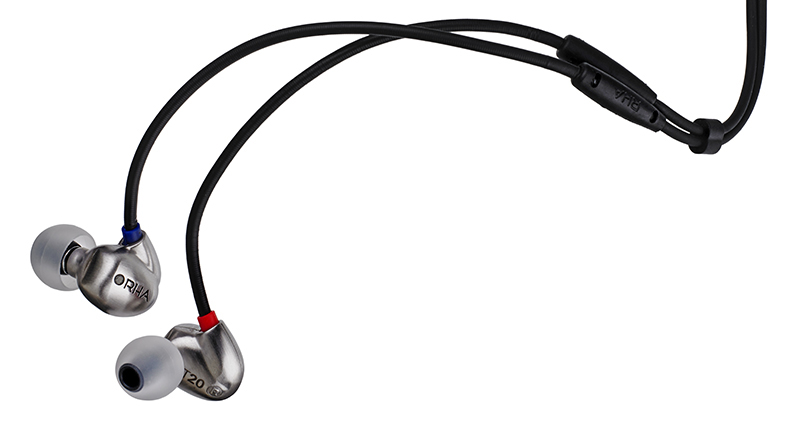
That depth isn’t only useful for bass-heavy songs, however. Fast forward to tracks even as sparse as The Railway House, comprising almost exclusively of Wolf and his ukulele, and you experience the support it gives the whole midrange.
The song keeps its light-footed airiness in the absence of bass frequencies, but there’s a solidity and warmth to the vocal that warms it up and keeps a satisfying balance.
So what’s the catch (yes, we’ve shoe-horned in yet another cricket pun) then? In comparison with the Shure SE425s highlights a few of the T20s’ weaknesses.
Simply put, we find the Shures to be more dynamically expressive and more accurate articulators, especially when dealing with more complex rhythms.
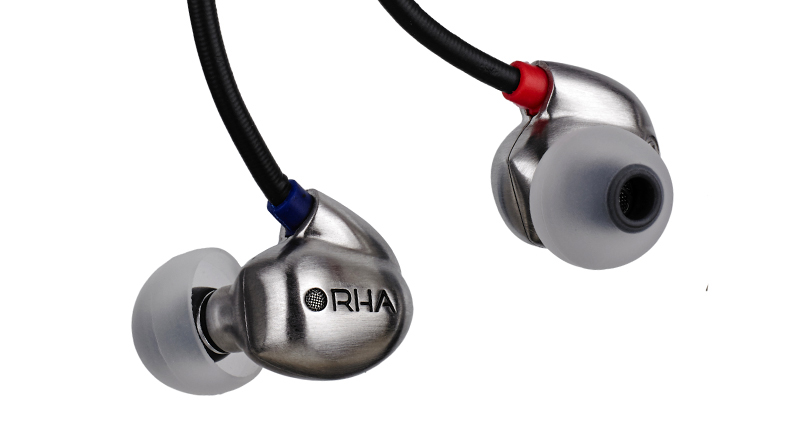
Play something such as 65DaysOfStatic’s Drove Through Ghosts To Get Here, for example, constantly accelerating and decelerating and broadening in percussive texture. The T20s don’t lose pace – they’re quite capable of expressing the rubato – but are less precise with each glitch and beat as the rhythms grow to near a cacophony.
That mild loss in accuracy is likely due to the rich bass, which the Shures cannot match – nor can they the solidity and warmth it offers the midrange – but is just enough, along with the less able grasp of subtler dynamics, to have the T20s drop a star.
While you can combat this to a point by tweaking the amount of low end via the interchangeable filters – ‘reference’ filters come attached, but also included are ‘bass’ and ‘treble’ filters – it isn’t drastic enough a change and you sacrifice the overall balance of our preferred choice ‘reference’.
Verdict
But this is a high four; we like the T20s. They are detailed, punchy, fun and have an impressive amount of low end.
Though we’d want a little more to challenge the Award-winning Shure SE425s at this price, we’d be lying if we told you we didn’t enjoy testing them. So, how’s that?
See all our RHA reviews
See all our in-ear headphone reviews
What Hi-Fi?, founded in 1976, is the world's leading independent guide to buying and owning hi-fi and home entertainment products. Our comprehensive tests help you buy the very best for your money, with our advice sections giving you step-by-step information on how to get even more from your music and movies. Everything is tested by our dedicated team of in-house reviewers in our custom-built test rooms in London, Reading and Bath. Our coveted five-star rating and Awards are recognised all over the world as the ultimate seal of approval, so you can buy with absolute confidence.
